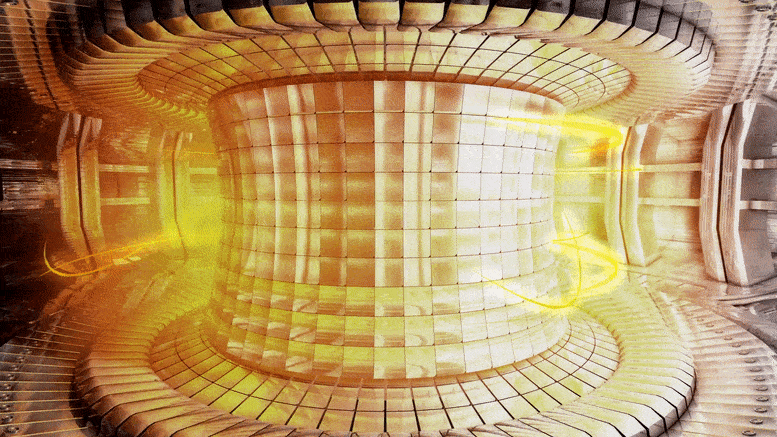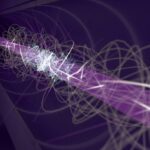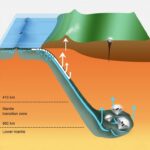
Fusion reactor technologies are well-positioned to contribute to our future power needs in a safe and sustainable manner. Numerical models can provide researchers with information on the behavior of the fusion plasma, as well as valuable insight on the effectiveness of reactor design and operation. However, to model the large number of plasma interactions requires a number of specialized models that are not fast enough to provide data on reactor design and operation.
Aaron Ho from the Science and Technology of Nuclear Fusion group in the department of Applied Physics at Eindhoven University of Technology has explored the use of machine learning approaches to speed up the numerical simulation of core plasma turbulent transport. Ho defended his thesis on March 17th.
The ultimate goal of research on fusion reactors is to achieve a net power gain in an economically viable manner. To reach this goal, large intricate devices have been constructed, but as these devices become more complex, it becomes increasingly important to adopt a predict-first approach regarding its operation. This reduces operational inefficiencies and protects the device from severe damage.
To simulate such a system requires models that can capture all the relevant phenomena in a fusion device, are accurate enough such that predictions can be used to make reliable design decisions and are fast enough to quickly find workable solutions.
Model based on neural networks
For his PhD research, Aaron Ho developed a model to satisfy these criteria by using a model based on neural networks. This technique effectively allows a model to retain both speed and accuracy at the cost of data collection. The numerical approach was applied to a reduced-order turbulence model, QuaLiKiz, which predicts plasma transport quantities caused by microturbulence. This particular phenomenon is the dominant transport mechanism in tokamak plasma devices. Unfortunately, its calculation is also the limiting speed factor in current tokamak plasma modeling.
Ho successfully trained a neural network model with QuaLiKiz evaluations while using experimental data as the training input. The resulting neural network was then coupled into a larger integrated modeling framework, JINTRAC, to simulate the core of the plasma device.
Simulation time reduced from 217 hours to only two hours
Performance of the neural network was evaluated by replacing the original QuaLiKiz model with Ho’s neural network model and comparing the results. In comparison to the original QuaLiKiz model, Ho’s model considered additional physics models, duplicated the results to within an accuracy of 10%, and reduced the simulation time from 217 hours on 16 cores to two hours on a single core.
Then to test the effectiveness of the model outside of the training data, the model was used in an optimization exercise using the coupled system on a plasma ramp-up scenario as a proof-of-principle. This study provided a deeper understanding of the physics behind the experimental observations, and highlighted the benefit of fast, accurate, and detailed plasma models.
Finally, Ho suggests that the model can be extended for further applications such as controller or experimental design. He also recommends extending the technique to other physics models, as it was observed that the turbulent transport predictions are no longer the limiting factor. This would further improve the applicability of the integrated model in iterative applications and enable the validation efforts required to push its capabilities closer towards a truly predictive model.









